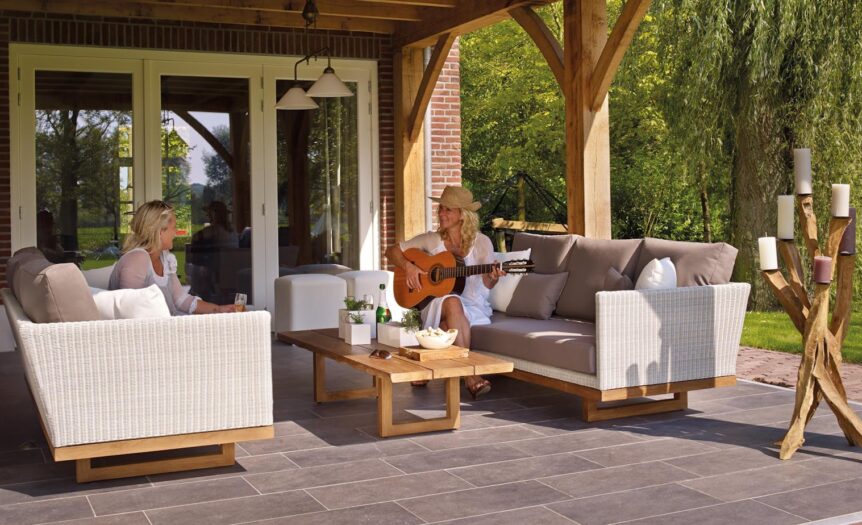Bubble wrap, often relegated to the role of mere packing material, holds a surprising secret. It’s not just for safeguarding your fragile items during shipment anymore. In fact, this humble material can play a starring role in your garden, offering benefits that might astonish you.
From bolstering plant growth to shielding your precious greenery from harsh weather, bubble wrap proves itself to be an unexpected hero in the gardening world.
The cost savings on gardening supplies are an added bonus. This article will take you on a journey, exploring the impressive versatility of bubble wrap and how it can transform your gardening endeavors.
So, before you dismiss that roll of bubble wrap as mere packaging, let’s delve into its potential. You might find this common material holds more value than you ever imagined.
Understanding Bubble Wrap Insulation
Bubble wrap insulation serves as a beneficial choice for your garden. Bubble wrap’s unique design, consisting of air-tight pockets of air, boosts the insulating properties of the material, curtailing heat transfer effectively. Additionally, a process called ‘perforation’ mitigates unnecessary material expansion by evacuating excess air.
For bolstered performance and durability, additives like flame retardants, UV stabilizers, and reflective coatings are included in the bubble wrap insulation. To explore bubble wrap insulation further, take note of its inexpensive nature and how it is used to lay layers directly onto your plants overnight. A potential drawback of this method involves the requisite daily removal to let sunlight penetrate during day-time, assuming a greenhouse setting isn’t employed.
A commonly used form of insulation, bubble wrap proves an inexpensive, effective method for double glazing. Larger bubbles benefit more, providing increased insulation. Consider bubble wrap insulation a resourceful tool for your garden’s growth and protection.
Types of Bubble Wrap Insulation
Delving deeper into bubble wrap insulation, there are two primary types to call attention to: Single-layer and Double-layer insulation. Single-layer bubble wrap insulation contains only one layer of air-filled bubbles. It’s effective in microscopic heat transfer reduction by slowing heat conduction. However, for a more enhanced thermal barrier, double-layer bubble wrap insulation gains popularity. This variant houses two layers of air-filled bubbles, providing superior insulation against both cold and heat.
Protection in winters comes from lower heat transfer through conduction and convection, while in summers, the foil reflects up to 97% of radiant heat.
The versatility of bubble wrap insulation doesn’t end at temperature control. Composition varies as well. Commonly, bubble wrap insulation, or bubble wrap foil insulation, is fashioned using materials like low-density polyethylene. In this process, plastic films marry layers of air bubbles, forming air pockets that create a formidable thermal resistance. Keep in mind, the effectiveness of each type heavily hinges on the quality of materials utilized and the proficiency of installment.
The Key Benefits
In exploring bubble wrap insulation, I identified key benefits. Firstly, it acts as a protective layer, safeguarding plants from harsh weather conditions. Secondly, it provides an environment-friendly insulation solution, supporting sustainable gardening practices. A standout feature is its thermal insulation capability, due to materials like low-density polyethylene.

It’s also cost-effective, notably in double-layer insulation which offers superior insulating potential. Lastly, bubble wrap insulation is simple to install, ensuring hassle-free garden management.
Considerations for Using Bubble Wrap Insulation in Your Garden
Exploring bubble wrap insulation reveals it’s efficient, cost-effective and beneficial for your garden. But, before applying, understand safety measures and application strategies required for optimal results.
●Consider Your Needs: Bubble wrap insulation offers variety – single layered slows heat conduction, while double layers provide impressive cold and heat insulation. Assess the type that best fits your needs.
●Ground Covering: An essential factor, it’s crucial that your ground covering tucks nicely inside your greenhouse’s edges. Flooring and ground covering can get pricey if mishandled. Incorrect placement can inflate both heating and weeding costs.
●Wrapping Procedure: Wrap the entire area with plastic for reducing heat escape and sealing air gaps. It ensures an effective double glazing and a solid insulation layer. Play the wrap’s thickness and shape for additional convenience.
●Extreme Temperatures: Bubble wrap insulation, while beneficial, can’t outright replace heating systems during severe cold. Plan the greenhouse insulation to account for temperature extremes.
Follow these strategies to leverage bubble wrap insulation for maximum garden benefits. Be it thermal insulation, cost-effectiveness, or protective plant layering, bubble wrap proves a profitable addition for your garden.
Practical Steps to Implement Bubble Wrap Insulation in Your Garden
Let’s delve into implementing bubble wrap insulation in your garden. First, evaluate your garden’s requirements; bubble wrap insulation might be beneficial for delicate plants that can’t stand extreme cold or hot weather. Second, cover your plant beds with bubble wrap, ensuring it’s taut to avoid water accumulation and sagging. Third, for potted plants, simply wrap the container in bubble wrap. I caution gardeners, however, to not completely block out sunlight, since plants require it for photosynthesis. Finally, always account for severe weather conditions; in colder climates, double bubble wrap insulation might be necessary to provide additional protection, while in hotter weather, it’s better to avoid covering the foliage to prevent overheating.
Conclusion
So, there you have it. Bubble wrap insulation isn’t just a packing material, it’s a garden game-changer. By reducing heat transfer, it offers your plants that extra layer of thermal resistance they need. It’s all about knowing your garden’s needs, installing it correctly, and adjusting for extreme temperatures.

Remember, it’s not a one-size-fits-all solution. Pay attention to your plants’ requirements, use it wisely on plant beds and containers, and don’t forget the sun – your plants need it too. In colder climates, don’t shy away from doubling up on insulation. But when it’s hot, avoid covering foliage to prevent overheating. With bubble wrap insulation, your garden can thrive in any weather. It’s a simple, effective way to give your plants the best chance at life.






